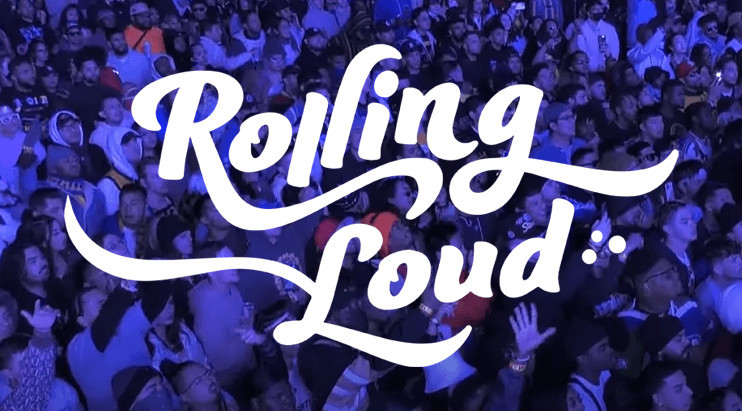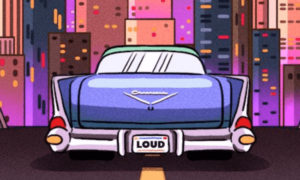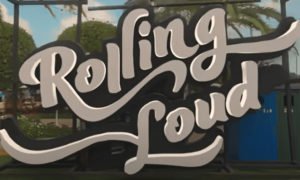
Rolling Loud is one of the largest hip-hop only festivals in the world. The three-day global event is known for showcasing artists big and small to hundreds and thousands of festival goers. Rolling Loud returns in full force this summer, whether you’re attending or sitting this one out, here’s a bit of Rolling Loud history to provide some background on what made the festival the global phenomenon it is today.
From Friends to Co-Founders
Rolling Loud began six years ago with childhood friends Matt Zingler and Tariq Cherif. The two met in elementary school and later started their own company, Dope Entertainment, together. As Dope Entertainment, Zingler and Cherif traveled all over Florida booking concerts. They soon realized that the live music scene lacked a genre-focused festival for hip-hop, especially when festivals like EDM’s Electric Daisy Carnival and country’s Stagecoach were already in existence. At the same time, Zingler and Cherif were familiarizing themselves with south Florida’s alternative rap scene, otherwise known as “SoundCloud rap.” The pair saw an opportunity to fill the void in the live music scene by creating an event that showcased mainstream rap artists and smaller artists from rap’s subgenres.
“That’s how we were able to identify the scene and different sub-scenes. At the lyrical rapper’s show — at a Curren$y, Big Sean, J. Cole, or Mac Miller — I’d see all the same fans. But when I added a Denzel Curry, Robb Bank$, Pouya, XXX, Smokepurpp, Wifisfuneral, at their shows, I’d see all the same fans but [also] different fans. So I was like, ‘Wait, we can unify that and books all these scenes under one name,” said Cherif, in an interview with Miami New Times.
Rough Start and Humble Beginnings
In 2015, Rolling Loud debuted as a single-day event that took place at Soho Studios in Miami’s Wynwood neighborhood. The first festival was plagued by long rain delays and logistical issues but what it lacked in logistics, it made up for with its impressive lineup. Schoolboy Q, Juicy J, Action Bronson and Curren$y headlined the festival. Rolling Loud received positive praise and returned the following year at the larger Mana Convention Center with headliners such as Ty Dolla $ign, Future and Young Thug. Rolling Loud became one of the fastest growing festivals of its time and its success allowed the brand to expand outside of Miami. .
Rise to the Top
Riding on the success of the Mana Convention Center event, Rolling Loud expanded to a three-day festival that sold out a football stadium. Literally. The first three-day festival sold out Hard Rock Stadium which is home field for the NFL’s Miami Dolphins. It also expanded nationally to cities like Oakland, Los Angeles and New York and globally in Sydney, Australia and Portugal. Zingler and Cherif say the expansion is intentional. The pair recognize rap’s global appeal and want to tap into the upcoming scenes in other countries. The duo is able to pull off international shows by engaging with the local talent and the help of local partners who facilitate the festival’s logistics.
Zingler told Miami New Times, “For our show in Portugal, we try to bring out artists that are based in Europe or local Portuguese artists. We will always show love to where we’re at,” Zingler explains. “And we definitely tailor the lineup according to what we feel like [the local audience] would want — there are different acts that maybe have a larger draw there.”
Rolling Loud has come so far in seven years. In that short time, it’s grown from a local event in Miami to a global sensation that centers around rap and hip-hop music — that’s something to be celebrated.







